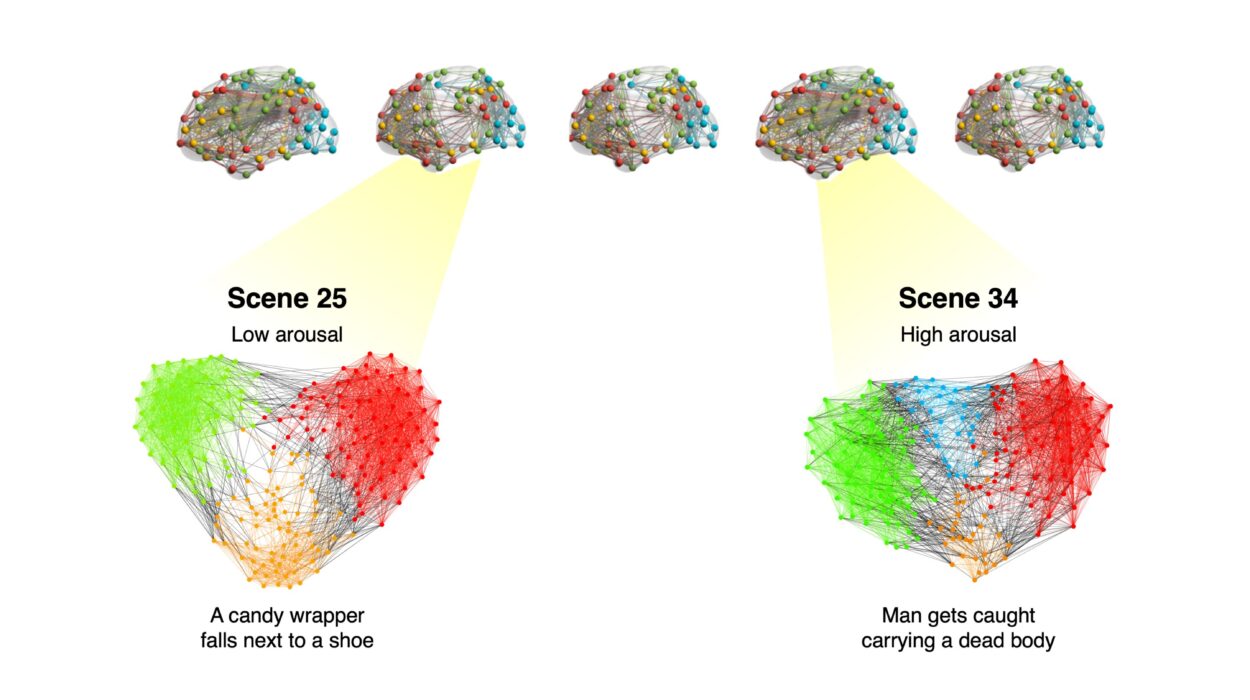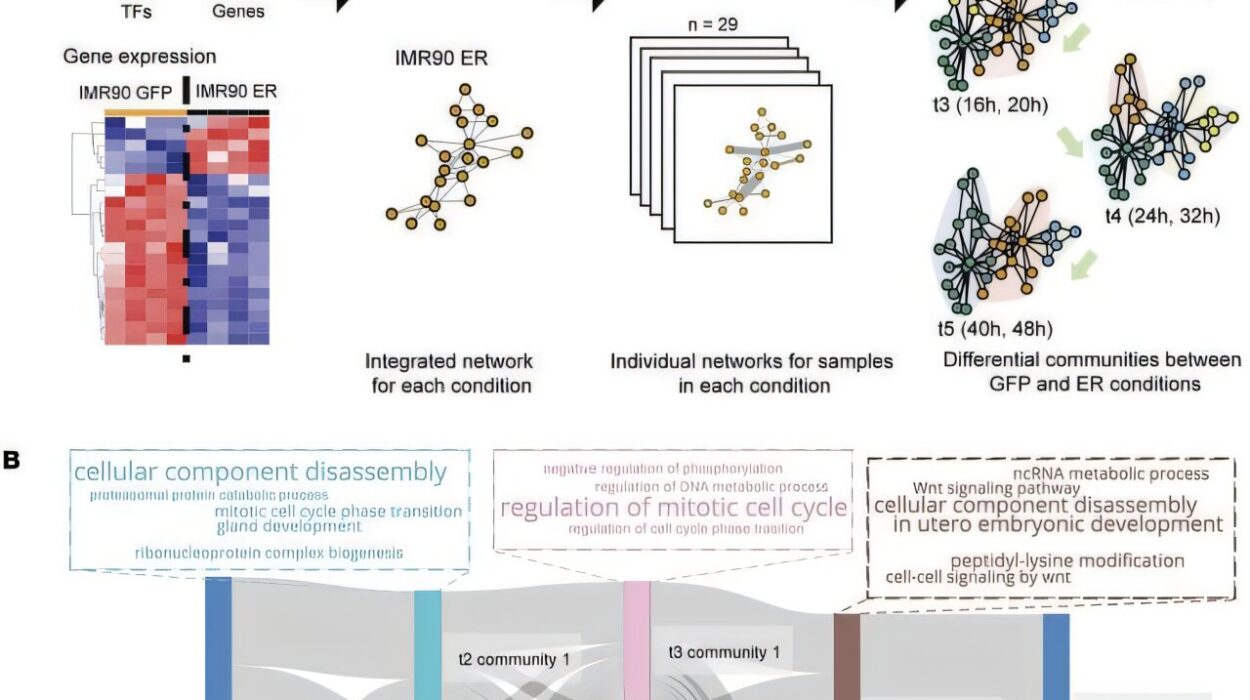In a discovery that could reshape the way doctors diagnose and monitor multiple myeloma, researchers at Dana-Farber Cancer Institute have unveiled a cutting-edge blood test that replaces the need for painful bone marrow biopsies. The test, called SWIFT-seq, uses single-cell sequencing to profile circulating tumor cells (CTCs) directly from a patient’s bloodstream — delivering critical genetic and biological insights in a single, non-invasive procedure.
The findings, recently published in Nature Cancer, open the door to faster, more accurate, and more humane monitoring for patients with multiple myeloma and its early warning stages.
“This is the type of next-generation test that I would want to order for my patients,” said senior author Dr. Irene M. Ghobrial, reflecting on decades of work to understand the genetic underpinnings of the disease. “We have long known the features that predict worse outcomes, but we’ve lacked the tools to measure them easily in real patients.”
The Challenge of Diagnosing a Hidden Cancer
Multiple myeloma (MM) is a complex blood cancer that develops in the bone marrow. Often, it is preceded by precursor conditions such as Monoclonal Gammopathy of Undetermined Significance (MGUS) and Smoldering Multiple Myeloma (SMM). For decades, doctors have relied on bone marrow biopsies — an invasive procedure involving a needle inserted into the hip bone — to measure tumor burden and detect high-risk genetic changes.
While effective, this approach has drawbacks. Biopsies are performed infrequently, can miss areas of active disease, and rely on Fluorescence in situ hybridization (FISH), a method that sometimes fails to give conclusive results. For patients, the experience is not just uncomfortable — it can delay treatment decisions when clarity is most needed.
“It would be amazing if we had a blood-based test that can outperform FISH and that works in the majority of patients,” said co-first author Dr. Romanos Sklavenitis-Pistofidis. “We think SWIFT-seq may just be that test.”
How SWIFT-seq Changes the Game
SWIFT-seq does far more than count cancer cells in the blood. By isolating and analyzing individual tumor cells, it reveals a deep genetic profile — mapping mutations, identifying growth rates, and uncovering prognostic gene signatures — all from a single blood draw. This means patients and doctors can track changes in the cancer’s behavior over time without invasive procedures.
“SWIFT-seq is a powerful option as it can measure the number of CTCs, characterize genomic alterations, estimate proliferative capacity, and measure prognostically useful gene signatures in one test,” explained Dr. Ghobrial.
In a study involving 101 patients and healthy donors, SWIFT-seq detected circulating tumor cells in 90% of those with MGUS, SMM, or MM. Remarkably, it identified CTCs in 95% of SMM patients and 94% of those with newly diagnosed MM — the very groups most likely to benefit from better risk assessment.
Unlike older methods such as flow cytometry, which depend on cell surface markers, SWIFT-seq uses a molecular barcode unique to the tumor, making it more precise and less prone to missing important cancer cells.
New Clues About How Myeloma Spreads
Beyond its clinical applications, SWIFT-seq is offering fresh insights into the biology of multiple myeloma. By analyzing the genetic data, researchers discovered a gene signature linked to the tumor’s ability to circulate in the blood — a factor that may influence how the cancer spreads and resists treatment.
“This can have a tremendous impact on how we think about curtailing tumor spread,” said co-first author Dr. Elizabeth D. Lightbody. “It could even guide the development of new drugs designed to stop myeloma cells from traveling in the body.”
A New Era for Myeloma Care
For patients, the implications are profound. A simple blood draw could soon replace the discomfort of bone marrow biopsies while providing doctors with a far more detailed and dynamic picture of the disease. This could lead to earlier intervention, more personalized treatment plans, and better outcomes for thousands of people worldwide.
The road ahead will involve larger clinical trials, regulatory approvals, and integration into everyday practice — but the momentum is clear. SWIFT-seq is not just a diagnostic tool; it’s a window into the hidden movements of a notoriously complex cancer.
If the promise holds, this innovation could mark the beginning of a future where monitoring multiple myeloma is as simple as rolling up a sleeve — and just as revealing as peering directly into the bone marrow.
More information: Lightbody, E.D. et al. SWIFT-seq enables comprehensive single-cell transcriptomic profiling of circulating tumor cells in multiple myeloma and its precursors, Nature Cancer (2025). DOI: 10.1038/s43018-025-01006-0 www.nature.com/articles/s43018-025-01006-0






